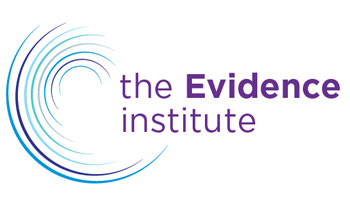Throughout 2020 and 2021 teaching and learning looked a bit different for students and educators.
To gauge how schools pivoted during the emergency remote learning periods, the Evidence Institute worked in collaboration with the University of Technology Sydney and the Australian Council for Educational Research (ACER) on a range of research projects. Evidence was gathered through a Rapid Literature Review, two surveys and in-depth case studies.
The Evidence Institute has released two infographics to show the collective story of this data, and the opportunities they reveal for educators looking far beyond remote learning into new ways of working in the future.
While the initial focus was on how schools and educators approached the remote learning periods, data were also gathered about what teaching practices continued on the return to school-based learning.
"We still heavily rely on digital forms of information and delivery. We still upload content and work to the platform so students can access tasks and work from there."
"More group work and independence amongst my students."
- Responses from the 2020-2021 Remote Learning Surveys.
Educators and students from Al Noori Muslim School, Meriden Anglican School for Girls, St Philip’s Christian College DALE, DALE Young Parents and The Nature School shared their in-depth insights, with an additional 1,266 educators responding across the two surveys.
Four key focus areas emerged across this collective data when looking to the future:
- design of learning
- wellbeing
- enhancement of student agency
- balanced use of technologies.
The impact of the pandemic on independent schools resulted in an acceleration of the changing learning landscape as schools systematically targeted practices that are fit for the future. Research and reality have intersected. Schools continue to increase their focus on student learning at the point of need, self-regulation of learning, agency, personalised learning, technology-enabled learning, and staff and student wellbeing. At the heart of much of this work is the expansion of educator understanding and implementation of digital pedagogies.
"Utilising more visual resources in order to engage my students more. This was positive as I will now reuse more of these resources in my classroom in the future, especially the PowerPoints I have created."
"I learned about being exceptionally flexible and spending more time with students and staff, albeit online."
- Responses from the 2020-2021 Remote Learning Surveys.
The data did not reveal a “one size fits all” outcome, and it became clear that each school and educator learned or is learning to change their existing teaching practices to best fit their students. This responsive flexibility is a key characteristic across the independent sector.

New to AISNSW and want to receive AISNSW Education News updates? Click here to register, and select ‘AISNSW Education News’ on the Areas of Interest/Subscriptions page.